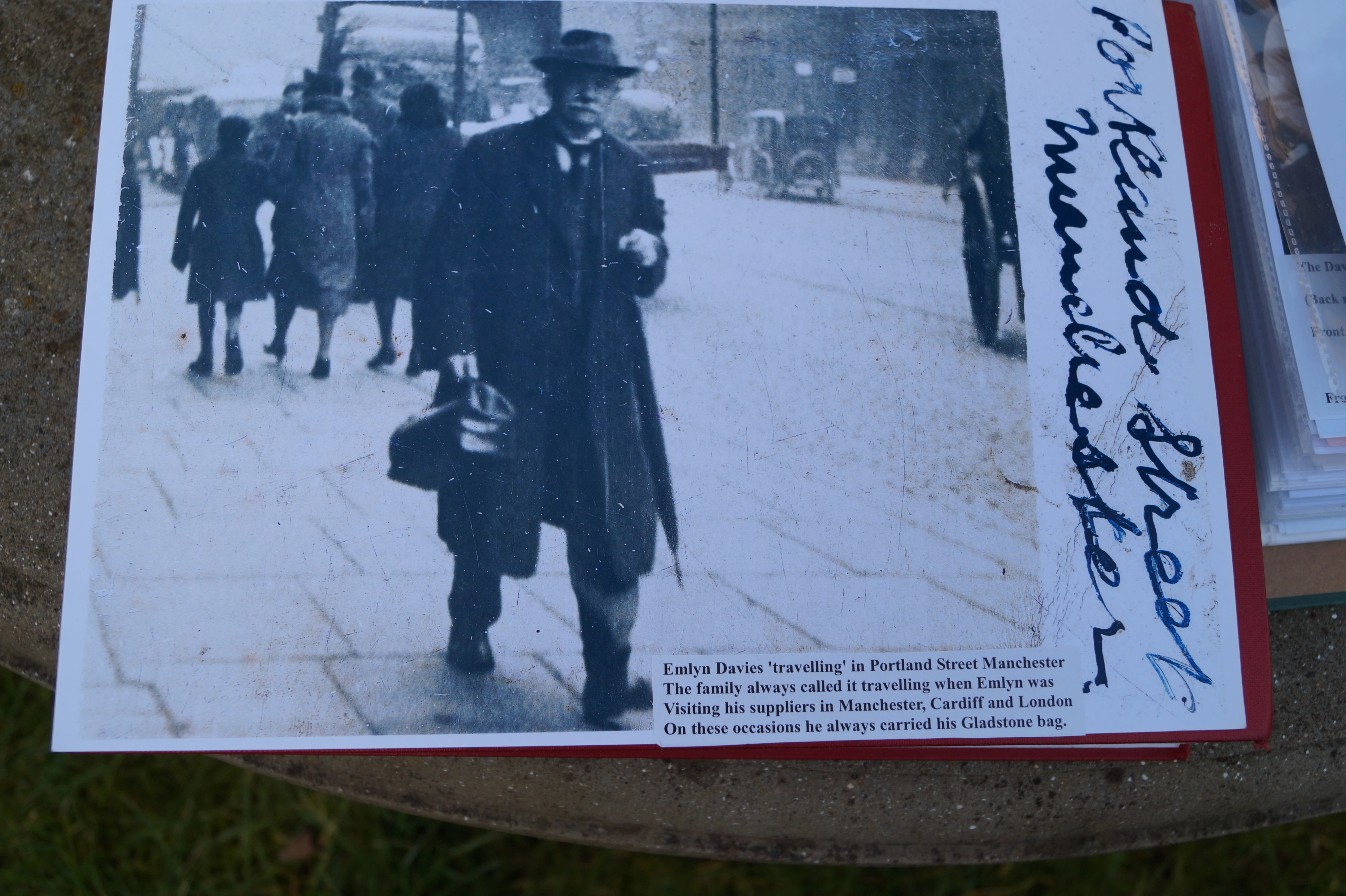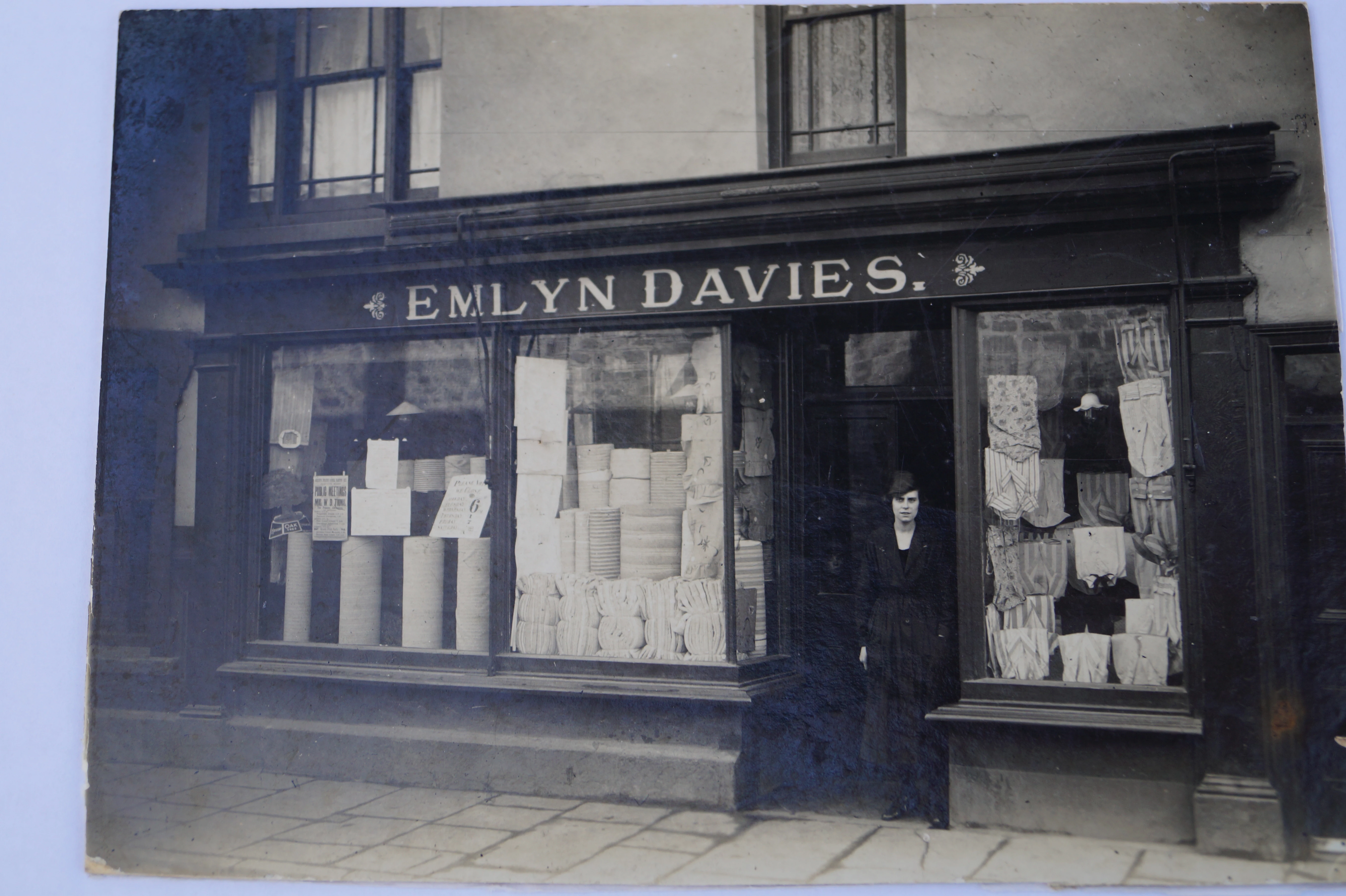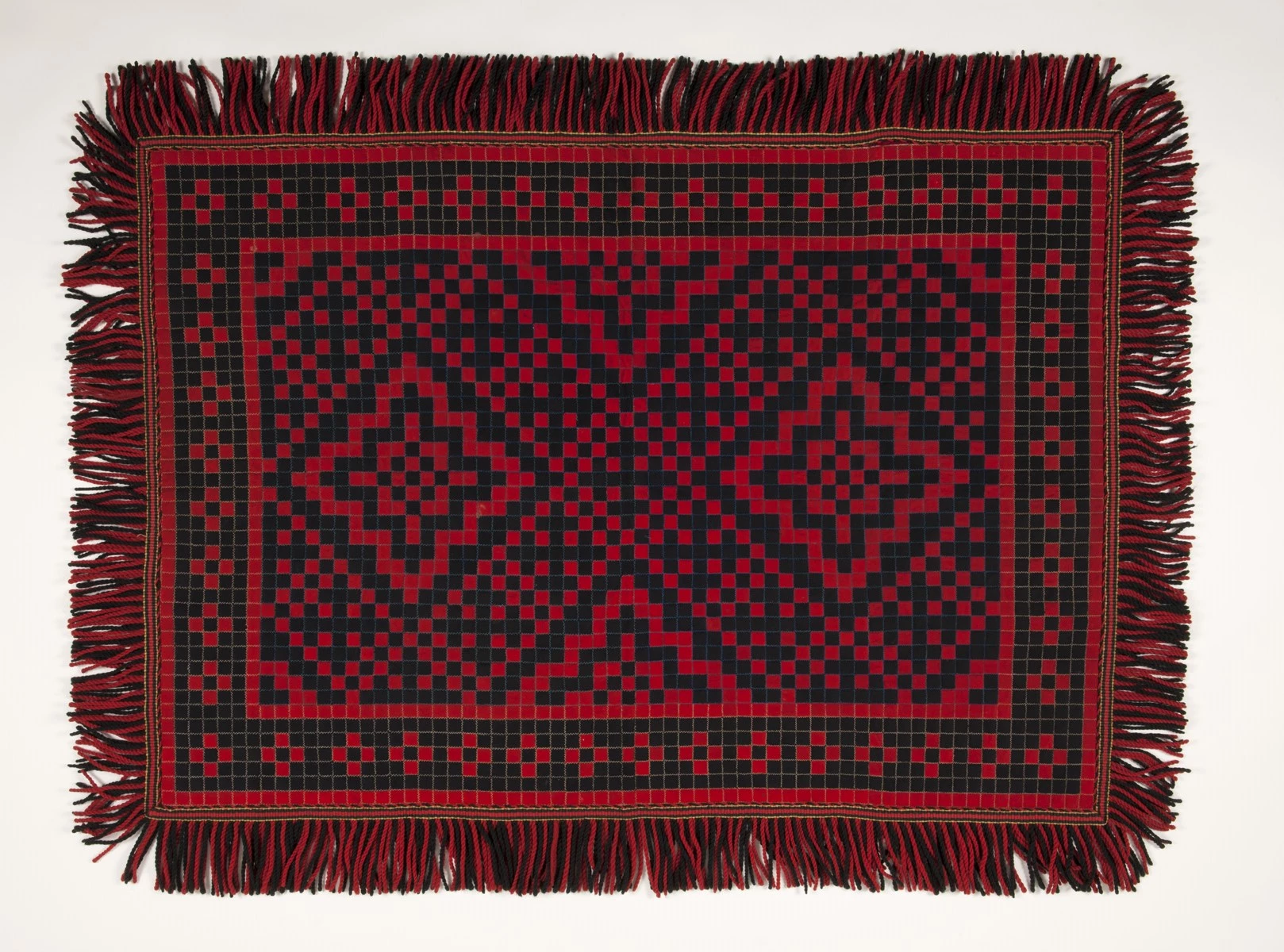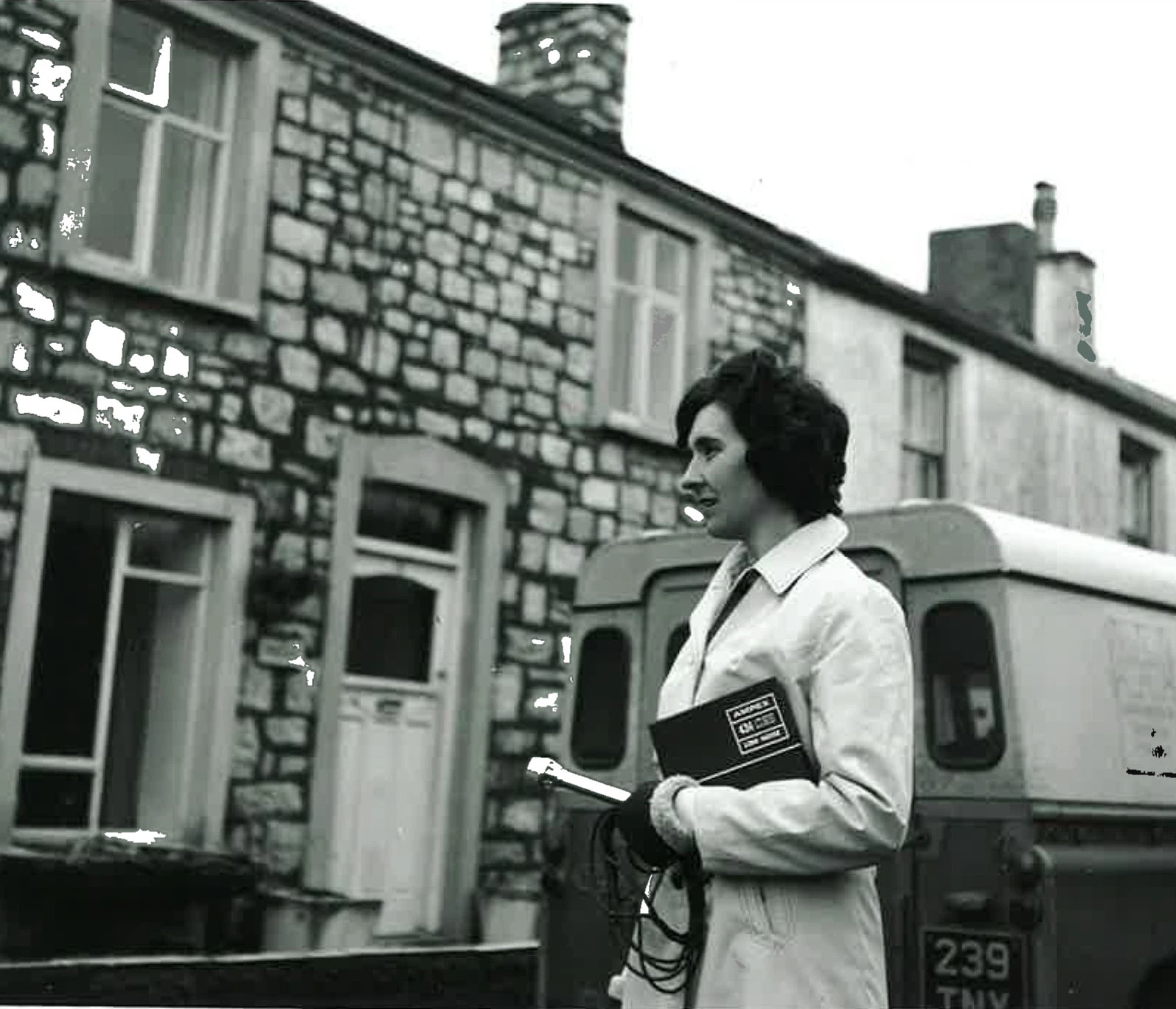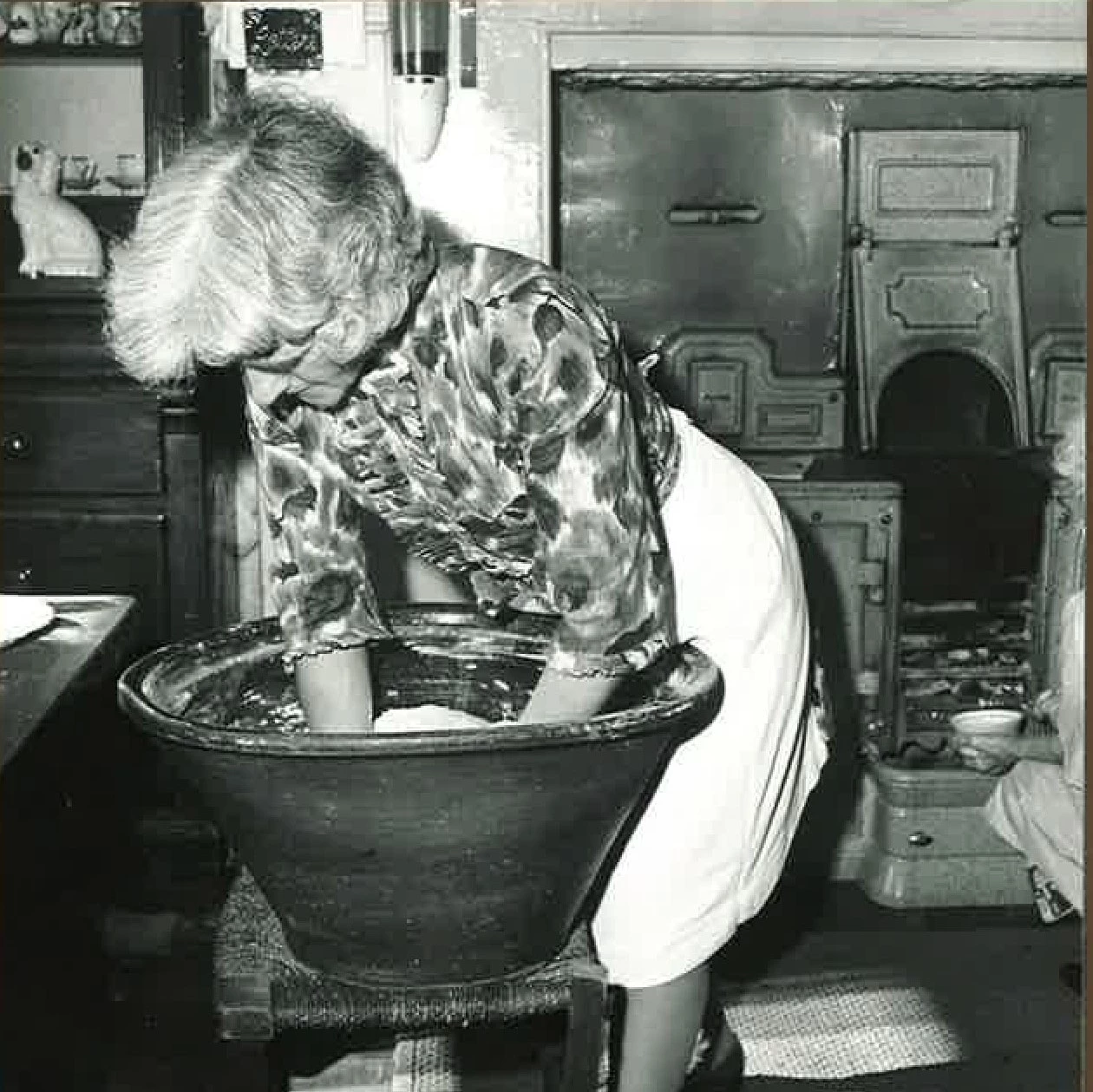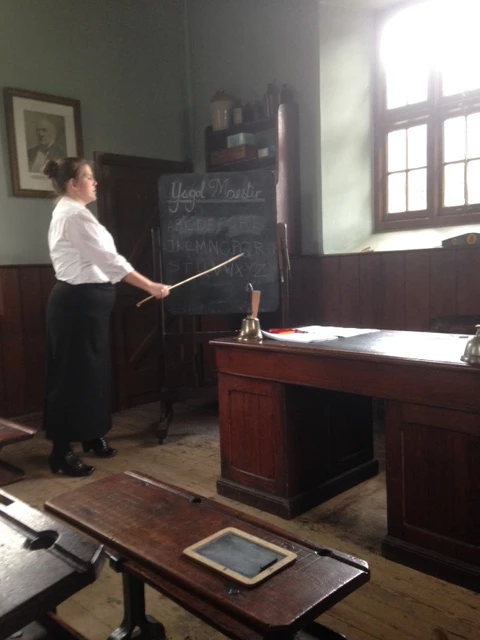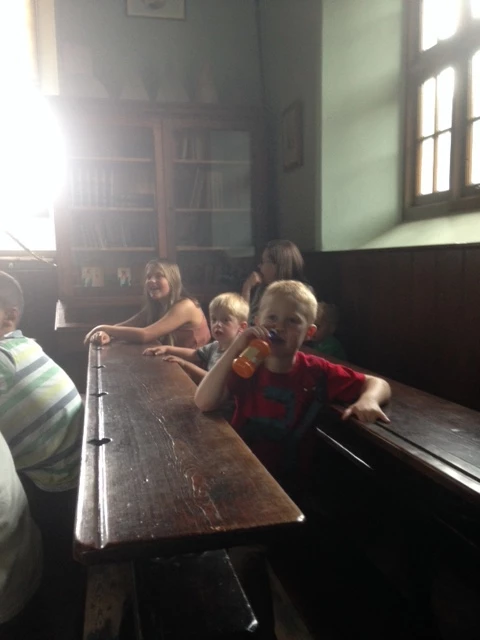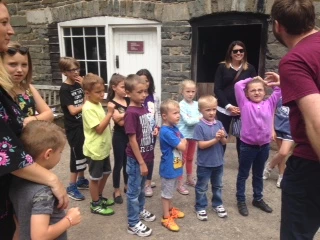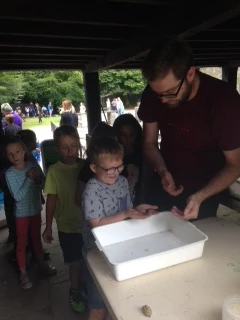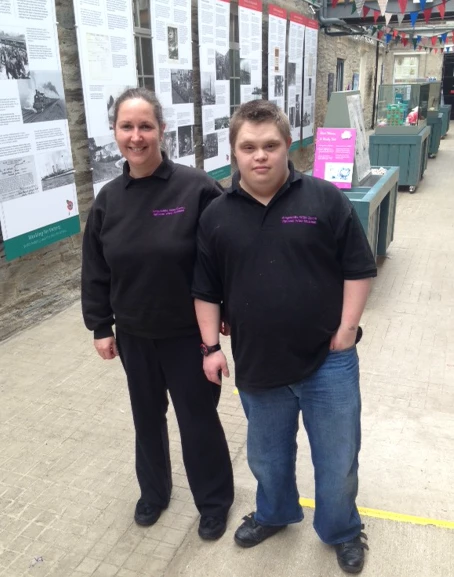Paratoi i ‘ail agor’ siop draper Emlyn Davies - Rhan 1: Siwtcês o storiau a script?
, 7 Medi 2016
Yr Oriel yn Siarad
Wrth i mi sefyll a myfyrio yng nghanol yr arddangosfa, tybiais i mi weld ffigwr yn sefyll tu ôl i’r cownter pren……yna wrth edrych ar y bolltiau a’r crysau gwlanen ar y silffoedd…bron â chlywn i leisiau dynion…gydag acenion amrywiol…teimlais fy hun fel pe bawn yn llithro’n llythrennol i’r gorffennol….mae’n wir mae distaw oedd y presennol…ond deuai bwrlwm siop brysur o’r gorffennol yn fyw i’m meddwl i……yn sydyn dychmygais gyda gwên ddrygionus bod siwtcês David Lewis yn neidio allan o’r casyn gwydr ac yn mynnu dweud ei stori am ei anturieithau cyffrous…….
Yn wir roedd fel petai congl arall o’r amgueddfa yn galw am y cyfle i fynegi ei hun a dweud ei stori mewn modd bywiog a dramatig.
Dyma stori siop draper Emlyn Davies!
Pwy oedd Emlyn Davies?
Dyn lleol o Gastell Newydd Emlyn a symudodd i Ddowlais, Merthyr Tydfil i weithio fel cynorthwy-ydd yn siop J.S.Davies Drapers. Ym 1898 agorodd ei siop ddefnydd ei hun.
Gwerthu gwlanen fyddai yn bennaf, a prynai’r mwyafrif o’i stoc o Felin Cambrian yn Drefach Felindre (sydd nawr yn gartref i’r Amgueddfa Wlân). Byddai David Lewis, perchennog y felin, yn teithio i’r cymoedd i gasglu archebion am wlanen, a’r defnydd yn cael ei gludo ar y tren i Ddowlais o stesion Henllan. Byddai’r gwlanen yn cael ei droi’n grysau a dillad isaf i weithwyr y pyllau glo a’r gweithfeydd haearn lleol.
Creu Sesiwn i Blant
Ychydig o fisoedd nôl, fe ddechreuais i weithio ar y syniad o greu sesiwn a gweithdy i blant ysgol yn yr amgueddfa wlân wedi selio ar yr hanes uchod, ac atgyfodi’r siop a chafodd ei ail greu yn yr amgueddfa yn 2013.
Mae’n hanfodol, i ddechre, i unrhyw hwylusydd neu actor mewn amgueddfa pan yn ceisio bywiogi darn o hanes i wneud ei waith ymchwil ei hun. Rhaid darllen y ffeithiau wrth gwrs, gwrando ar unrhyw dystiolaeth sydd ar gael yn yr archif, a chael gweld gwrthrychau priodol o’r casgliad - ond hefyd yn ychwanegol i hyn oll mae’n rhaid ymgolli eich hun yn llwyr yng nghefndir a chyfnod yr hanes yn gyffredinol.
Mae’n bwysig i ffurfio perthynas dda gyda’r curaduron, ac unrhyw arbennigwyr arall sydd yn gweithio I’r sefydliad, a thrwy’r unigolion hynny cael mynediad i lu o adnoddau defnyddiol arall i sicrhau bod y sesiwn neu weithdy yn un a sail hanesyddol gywir iddo.
Gweithio Gydag Atgofion
Y stop gyntaf i mi wrth droedio nol i orffennol y siop oedd i gysylltu a Mark Lucas, Curadur y Diwydiant Gwlân, a fi’n gyfrifol am gasglu’r hanes at ei gilydd.
Fe rhoddodd bentwr o ffeil i mi i ddechrau, yn cynnwys copi o fywgraffiad bywyd a hanes teulu Emlyn Davies a ysgrifennwyd gan ei wŷr Alan Owen: Emlyn Davies: The Life & Times Of a Dowlais Draper in the first Half Of The Twentieth Century.
Un o’r profiadau mwyaf cyffrous i mi yn y broses yma o adfywio hanes yw i gael cyfarfod mewn person a phobol sydd ynghlwm yn uniongyrchol â’r hanes. Diddorol oedd nodi bod Mark Lucas mewn cysylltiad rheolaidd a Alan Owen, a bod cyfle i mi gyfarfod ag ef i holi cwestiunau - mwy am hyn yn y blog nesa!
